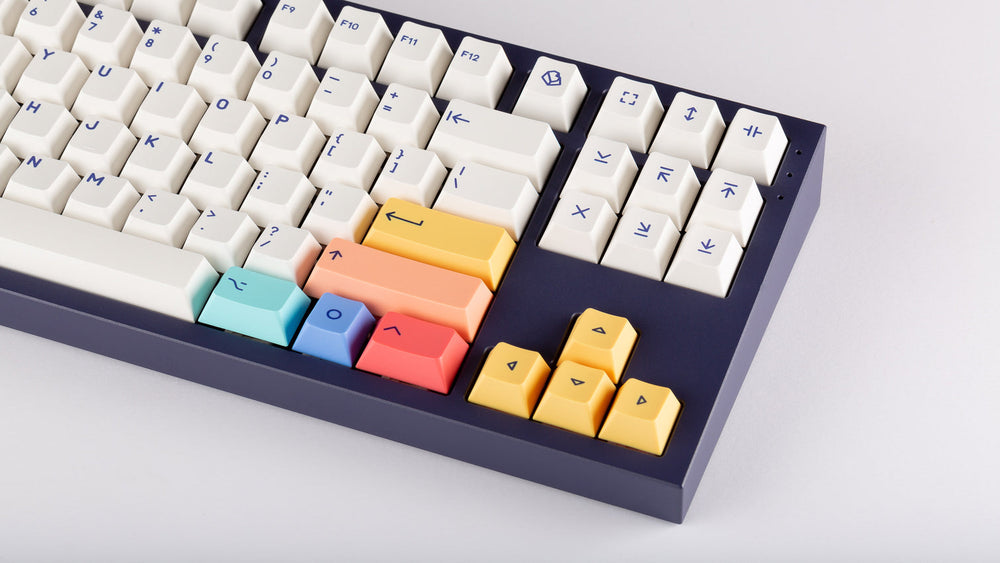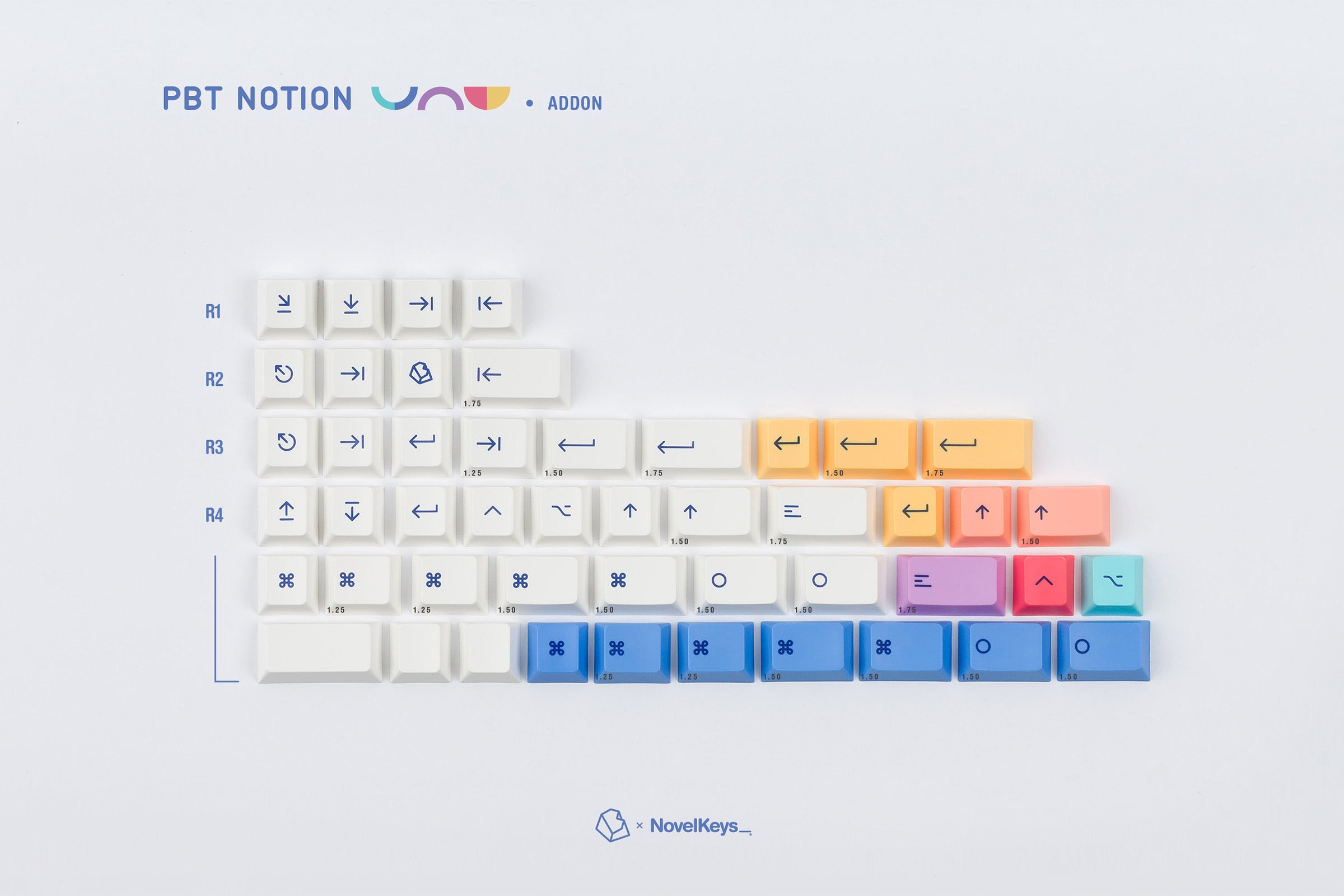

In addition, mass loss as a wear parameter was the smallest for a disk made of a PET + PTFE blend. The friction coefficient was 0.11 for F = 10 N and lower (0.07) for a higher load (F = 30 N).

The blend PET + PTFE (80/20) had the most convenient curve of temperature during the test, being characterized by a stable and low contact temperature, not exceeding 29 ☌, under F = 30 N. The temperature was measured near the contact. Tests were done on a ball-on-disk system, with a sliding velocity of 0.8 m/s, the disk being made of polymeric material and the ball of aluminum oxide (Al 2O 3), for a sliding distance of 1000 m. , comparing several tribological characteristics for several polymeric materials, including PET + PTFE, PTFE + bronze and PTFE + graphite. Īn interesting tribological study was reported by Jozwik et al. Producers and users prefer to add PTFE in other polymers because of its poor wear resistance, being more efficient as solid lubricant and rarely used as a matrix.

All experimental works underlined a very low friction coefficient and high wear rate, especially in dry regime, but adding reinforcements as short fibers or powders reduces the wear by a factor of 100 or even more, especially in lubricated contacts. The properties practically unaffected are flexibility at negative temperatures, thermal stability, a low dielectric constant and high resistance at electrical arch. In machine design, components made exclusively of polytetrafluoroethylene (PTFE) are rare, even if they maintain their properties at the initial values, independent of the manufacturing method, including chemical properties that remain unchanged for a long time (stability in chemically aggressive environments, insolubility, weather stability and anti-adhesion). PBT has restricted processability because of its processing temperature near the degradation one. They are processed mainly by injection molding. PBT-based materials (composites and blends) have better dimensional stability with uniform shrinkage behavior, stiffness, and heat resistance, low water absorption and high chemical resistance by incorporating fillers, reinforcing materials, and additives material properties are tailored for user’s interest. PBT, a semicrystalline engineering polymer, is included in the polyester class of resins and has a set of properties that recommends it in many special applications: rigidity and strength, combined with very good heat aging resistance. This lower Tg allows for a fast crystallization when molding and shorter molding cycles with faster molding speed. Either considered a composite or a blend, the mixture PBT + 15% PTFE exhibits a very good tribological behavior, the resulting material gathering both stable and low friction coefficient and a linear wear rate lower than each component when tested under the same conditions.ĭue to a longer sequence of methyl groups in the monomer, the molecular chains of polybutylene terephthalate (PBT) are more flexible and less polar than those of polyethy1ene terephthalate (PET), inducing a lower melting temperature T (224–230 ☌) and the glass transition temperature Tg (22–43 ☌).

SEM investigation reveals a quite uniform dispersion of PTFE drops in the PBT matrix. Results are encouraging as PBT as neat polymer has very good tribological characteristics in terms of friction coefficient and wear rate. Tests were done block-on-ring tribotester, in dry regime, the variables being the PTFE concentration (0%, 5%, 10% and 15% wt) and the sliding regime parameters (load: 1, 2.5 and 5 N, the sliding speed: 0.25, 0.5 and 0.75 m/s, and the sliding distance: 2500, 50 m). This blend is relatively new in research as PBT has restricted processability because of its processing temperature near the degradation one. This paper presents results on tribological characteristics for polymer blends made of polybutylene terephthalate (PBT) and polytetrafluoroethylene (PTFE).


 0 kommentar(er)
0 kommentar(er)
